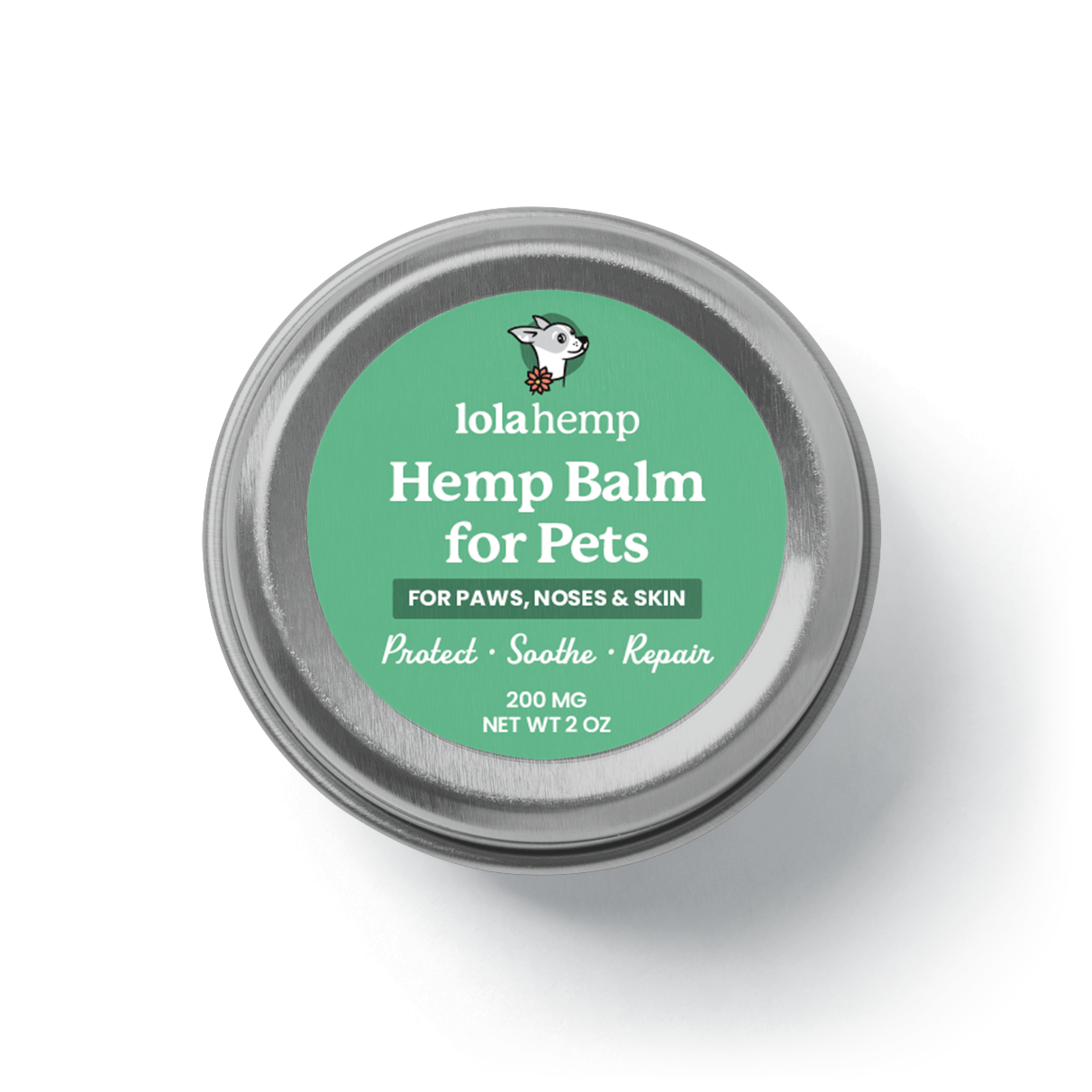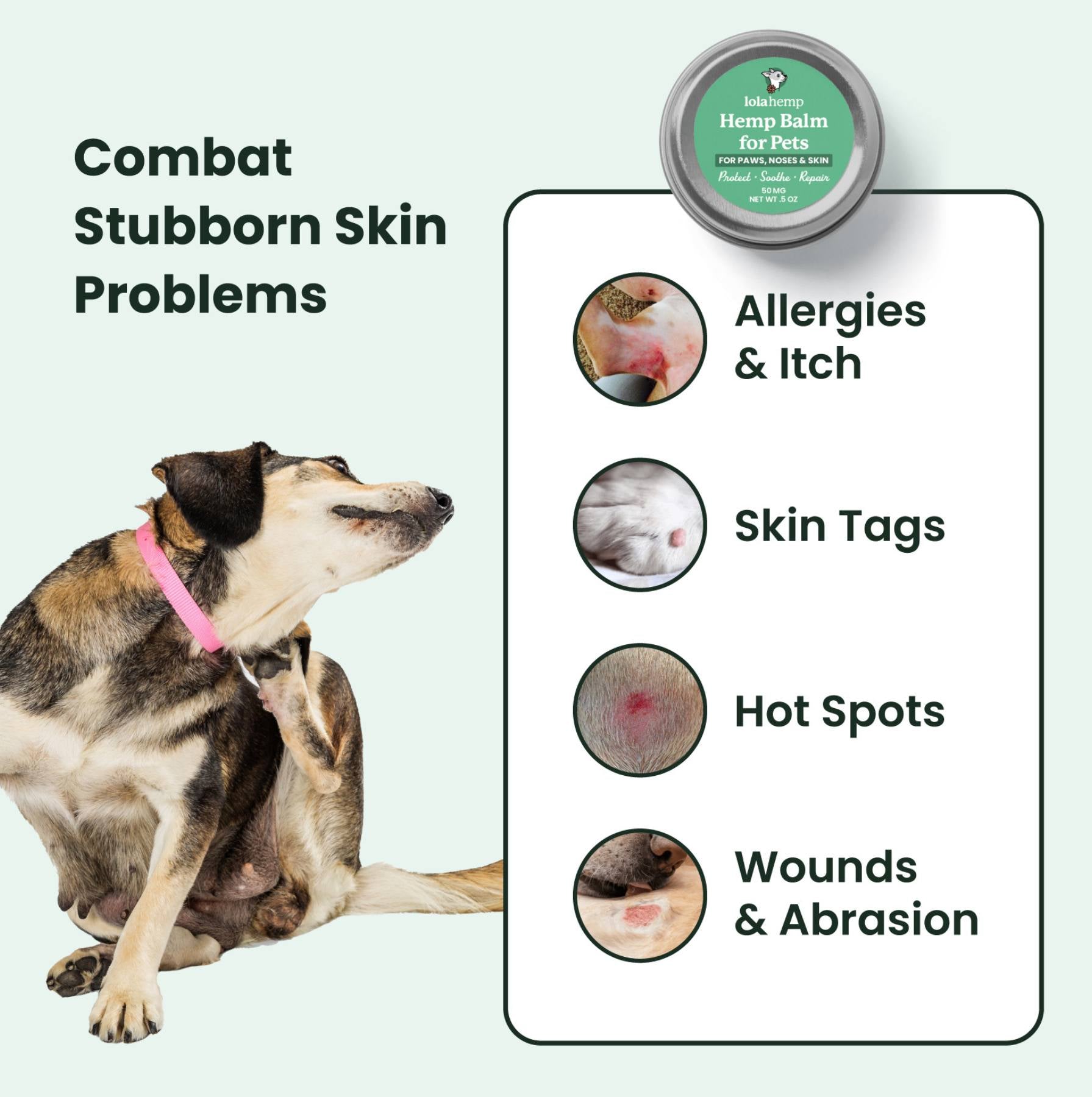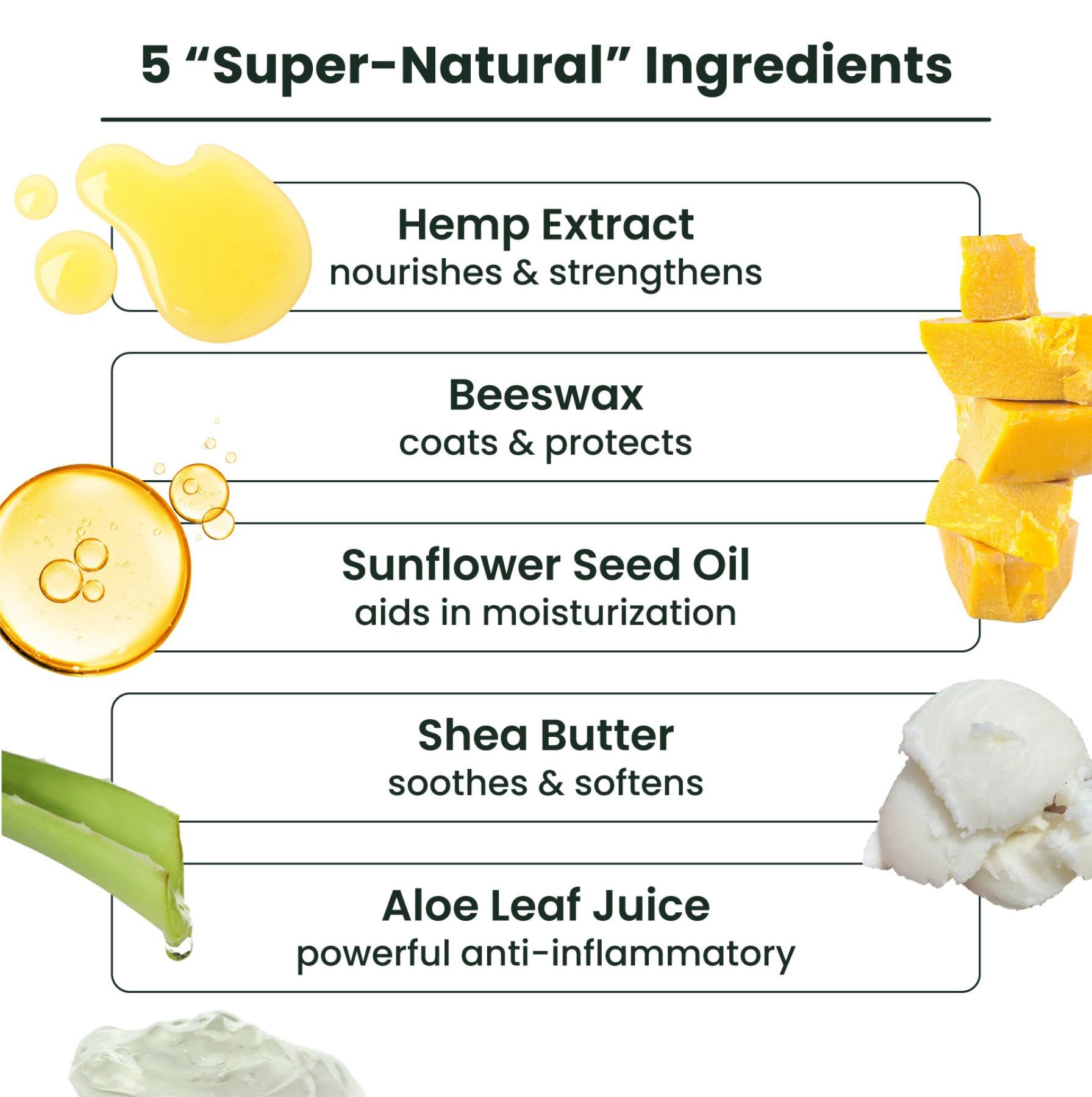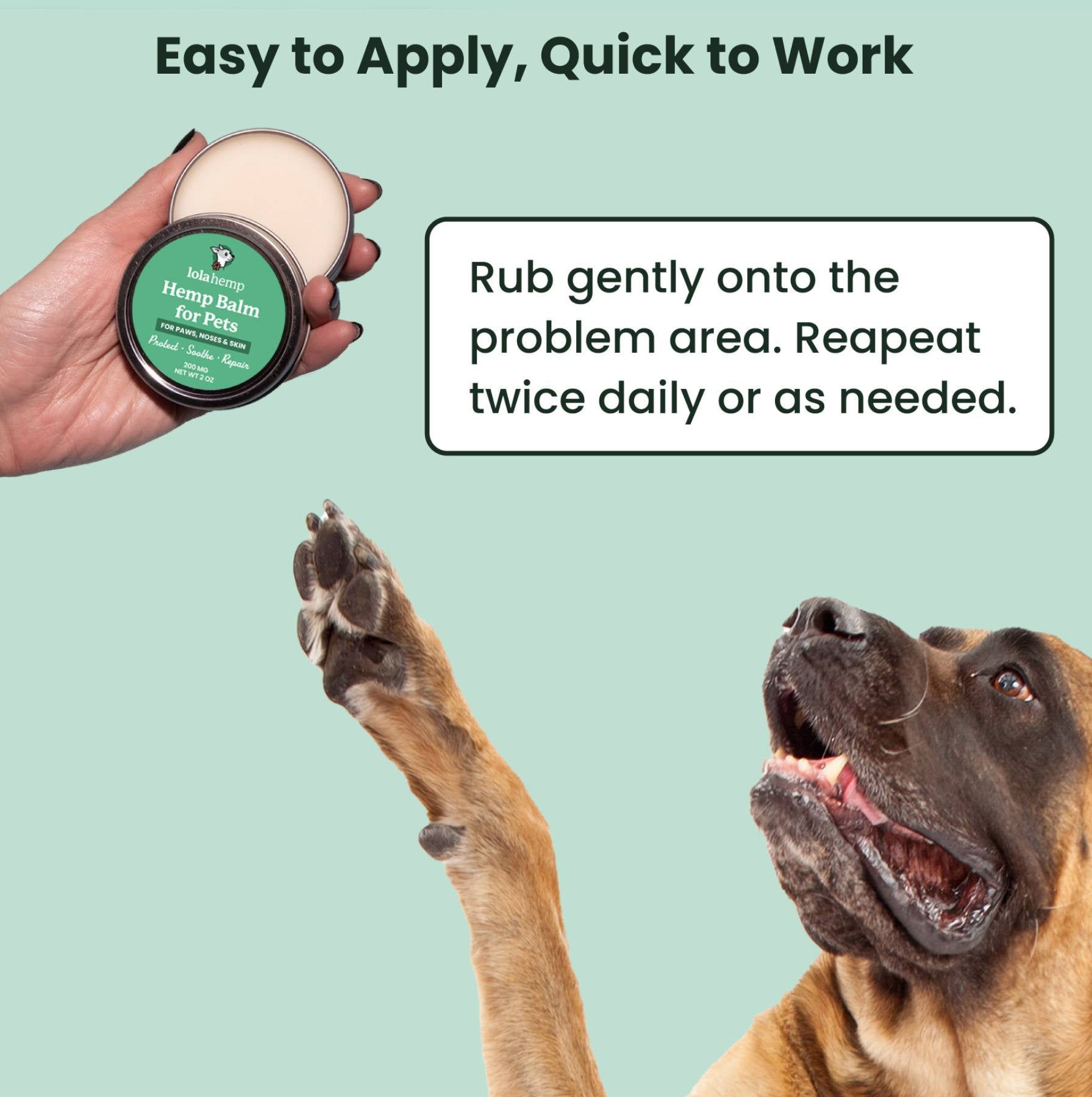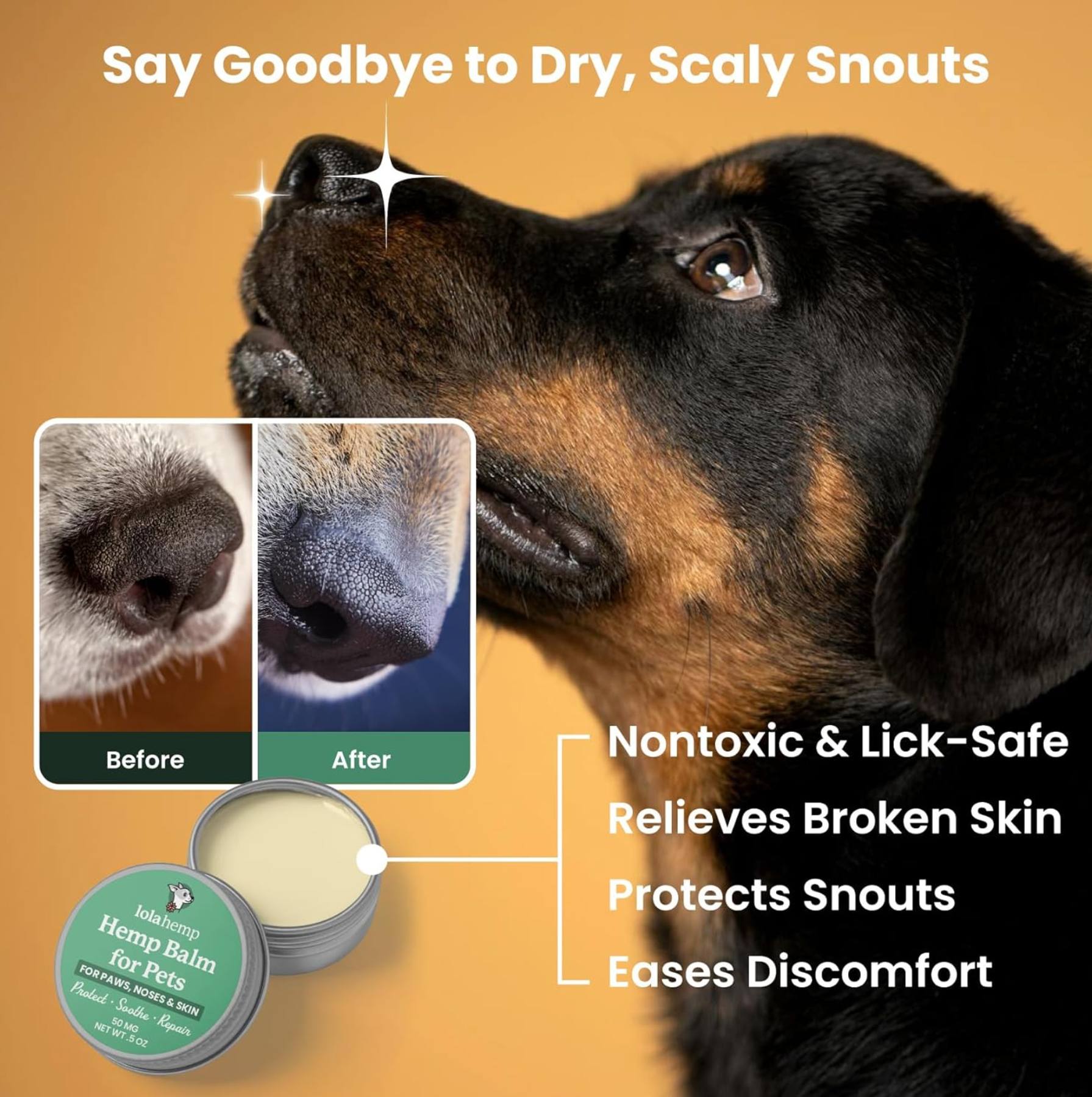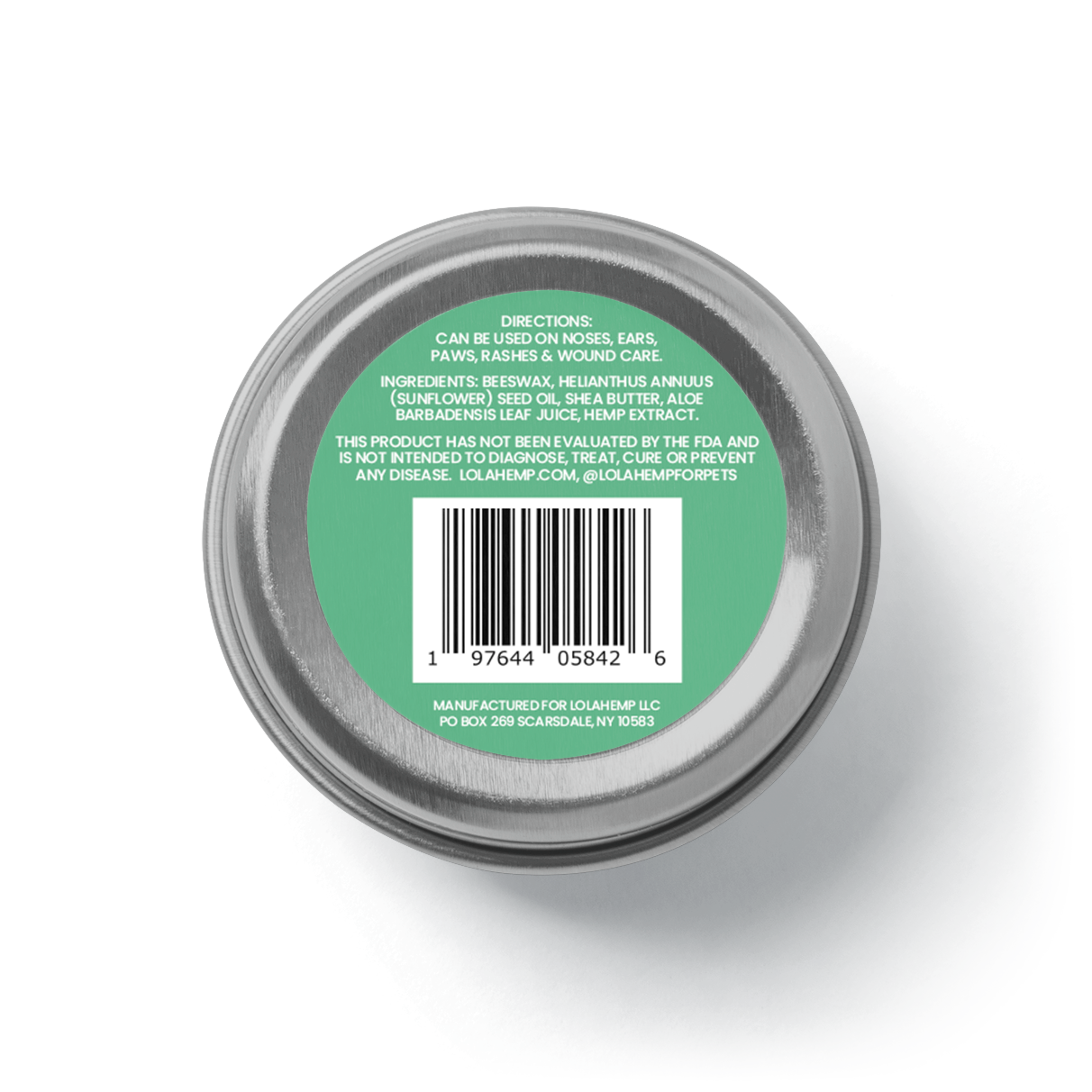Pyoderma, a term derived from the Greek words "pyos" meaning pus, and "derma" for skin, is a dermatological condition that is characterized by pus oozing from your cat's skin even though it may sometimes not be visible.
This condition occurs when the skin's normal bacterial population overgrows and breaches the skin barrier, resulting in a bacterial infection. While pyoderma is more commonly associated with dogs, it can also affect cats, causing discomfort and requiring prompt attention.
If your cat is itching or scratching at affected areas, a moisturizing feline balm can be a huge help in preventing your cat from making things worse.
What Causes Pyoderma in Cats?
Pyoderma in cats occurs when bacteria infect the skin due to underlying issues that weaken its natural defenses. Common causes include:
- Parasites – Fleas and mites cause itching and wounds, making the skin vulnerable.
- Allergies – Reactions to food, environment, or insect bites can trigger excessive scratching and infection.
- Autoimmune Disease – The immune system attacks the skin, reducing its ability to fight bacteria.
- Skin Folds – Moisture and debris trapped in folds (common in Persians) encourage bacterial growth.
- Tumors – Skin cancer can break down the skin barrier, leading to infection.
- Weak Immune System – Conditions like FIV, FeLV, or immunosuppressive treatments increase risk.
- Injuries – Bites, cuts, and scratches provide an entry point for bacteria.
- Chronic Skin Issues – Allergies and other skin conditions disrupt the skin's balance, making infections more likely.
If your cat shows signs of pyoderma, consult your vet for diagnosis and treatment.
3 Types of Feline Pyoderma
Pyoderma is classified into three main types, each varying in severity and treatment needs:
-
Surface Pyoderma – The mildest form, affecting the outer skin layers. Includes:
- Hot Spots – Itchy, inflamed patches caused by excessive licking and scratching.
- Skin Fold Pyoderma – Moisture trapped in skin folds creates a breeding ground for bacteria.
-
Superficial Pyoderma – Affects hair follicles and glands, often recurring. Includes:
- Bacterial Folliculitis – Infection of hair follicles, causing pustules and crusts.
- Demodectic Mange – Patchy hair loss, redness, and pustules due to mite infestation.
-
Deep Pyoderma – The most severe form, reaching deeper skin layers and requiring intensive treatment. Includes:
- Abscesses – Painful, swollen infections that may rupture and drain pus.
- Pododermatitis – Painful inflammation of paw pads, leading to swelling and ulcerations.
Pyoderma Symptoms to Watch Out for in Your Cat
Pyoderma can show up in several ways, with symptoms that range from mild to severe. Common signs include:
- Skin Lesions – These can be pustules, papules, nodules, or abscesses, often red, swollen, and tender.
- Pus or Discharge – You may notice pus that's white, yellow, or greenish leaking from the affected area.
- Itching & Scratching – Your pet may be constantly licking, biting, or chewing to relieve discomfort.
- Hair Loss – Continuous scratching can lead to patchy fur loss.
- Redness & Inflammation – The affected skin often looks red, swollen, and feels warm.
- Epidermal Collarettes – A distinctive ring-shaped lesion with a clear center, common with superficial pyoderma.
- Pain or Discomfort – Pets may react sensitively when lesions are touched.
- Foul Odor – Deep infections can emit a noticeable, unpleasant smell from the affected area.
- Secondary Infections – If not addressed, pyoderma can lead to fever, lethargy, or general decline in health.
If you notice any of these signs, it's important to contact your vet as soon as possible to get a proper diagnosis and treatment plan in place before the condition worsens.
Treatment and Recovery
Successfully managing pyoderma in cats involves a comprehensive approach that addresses both the infection itself and any underlying issues contributing to its development.
Antibiotics: They target bacterial infection directly. Oral or topical antibiotics may be prescribed.
Antiparasitics: In cases where parasites are involved, antiparasitic medications may be necessary.
Anti-Itch Medication: These medications alleviate discomfort and help reduce itching, which can contribute to the progression of the infection.
Topical Creams and Lotions: For small lesions or localized pyoderma, topical treatments may be useful.
Immune Stimulants: Immune stimulants or immune modulators aim to boost the cat's immune response.
Whirlpool Baths: Beneficial for deep pyoderma, helping cleanse and promote healing.
Addressing Underlying Issues: This may include managing allergies, hormonal imbalances, or other health conditions.
With appropriate treatment, the prognosis for cats with pyoderma is generally good to excellent.
Prevention and At-Home Care
The treatment for pyoderma in cats focuses on addressing the underlying cause of the infection and managing the bacterial infection itself. Common approaches include:
- Antibiotics – Oral or topical antibiotics typically prescribed for several weeks.
- Medicated Shampoos – Antibacterial shampoos help cleanse and soothe irritated skin.
- Steroid Treatment – Reduces inflammation and itching, especially in allergy-related cases.
- Treating Underlying Conditions – Addressing parasites, immune disease, or hormonal imbalances as needed.
- Wound Care and Skin Support – Proper cleaning and keeping affected areas dry helps prevent reinfection.
- Ongoing Management – Chronic cases may require long-term monitoring and routine vet checkups.
By treating the infection and its underlying cause, your vet can help your cat recover and prevent future flare-ups.
The Bottomline
In conclusion, pyoderma in cats can be a tricky condition, but with the right treatment and care, most cats recover well. It's important to work closely with your vet to identify the root cause of the infection and follow through with the prescribed treatments to ensure healing.
Regular checkups and proper skin care can help prevent future flare-ups, so don't hesitate to reach out if you notice any signs of skin issues in your cat. Taking swift action can make all the difference in your pet's comfort and health.
Frequently Asked Questions About Pyoderma in Cats
What causes pyoderma in cats?
Pyoderma is usually caused by bacterial overgrowth due to parasites, allergies, injuries, immune issues, or chronic skin conditions.
Is pyoderma contagious to other pets?
Pyoderma itself is not contagious, but underlying causes like parasites or fungal infections may spread between animals.
How is pyoderma diagnosed in cats?
Vets diagnose pyoderma through physical exams, skin scrapings, cytology, or culture tests to identify the bacteria involved.
How long does it take for pyoderma to heal?
Superficial pyoderma may resolve in 2–3 weeks, while deep pyoderma may require 8–12 weeks of treatment.
Can I treat pyoderma at home?
Home care may support recovery, but antibiotics and proper diagnosis from a vet are essential to treat pyoderma effectively.

